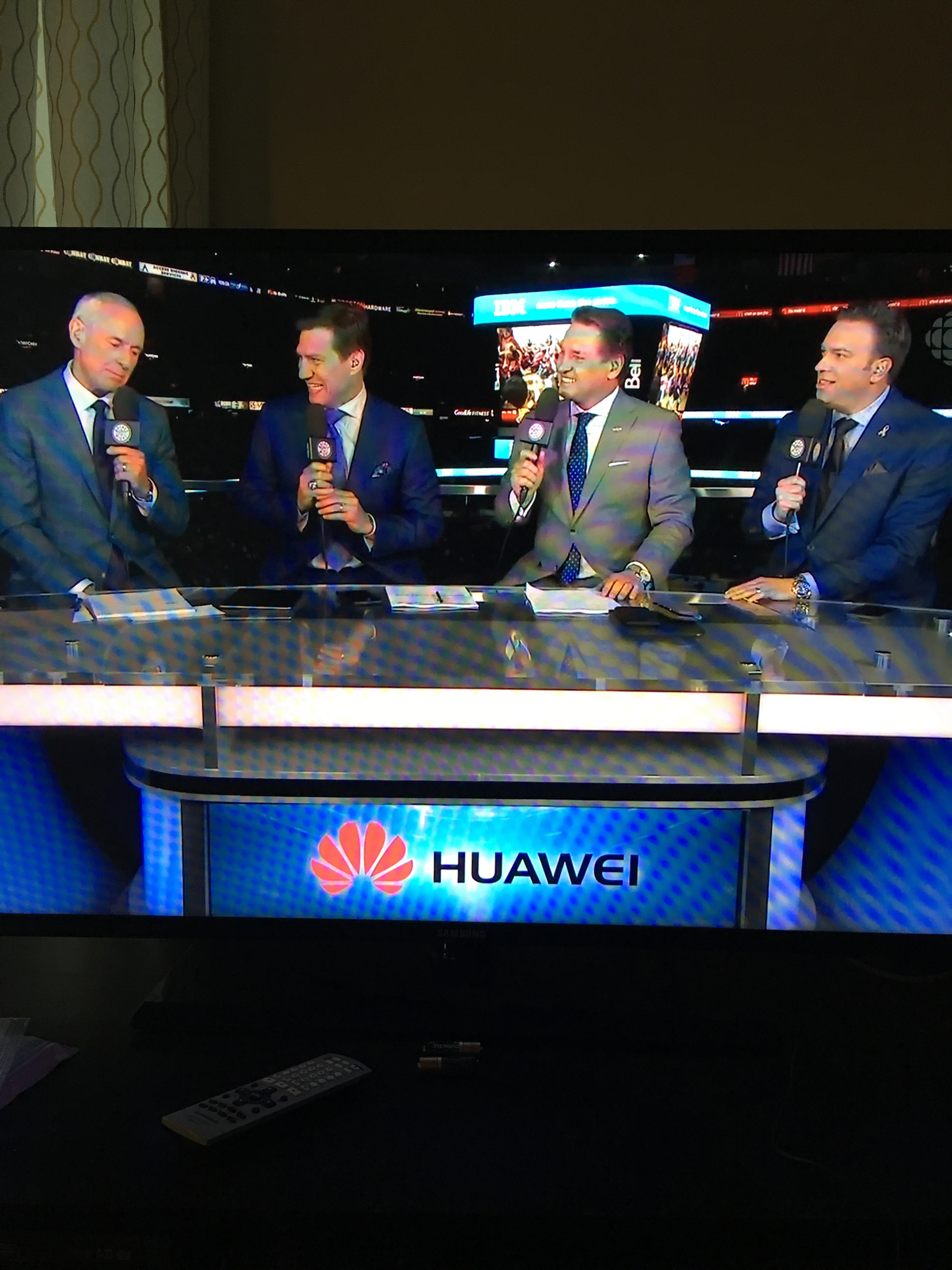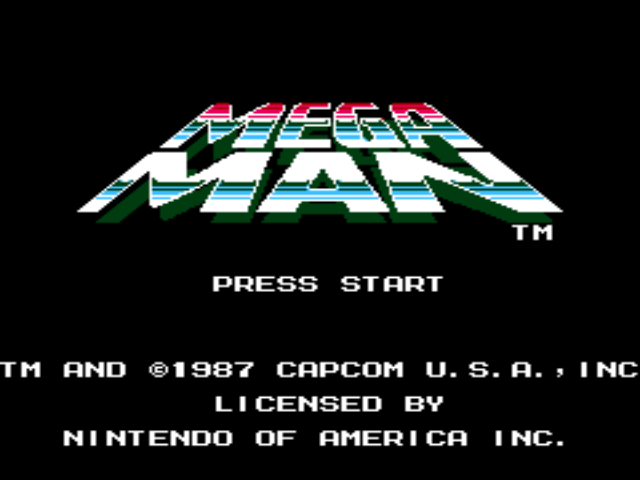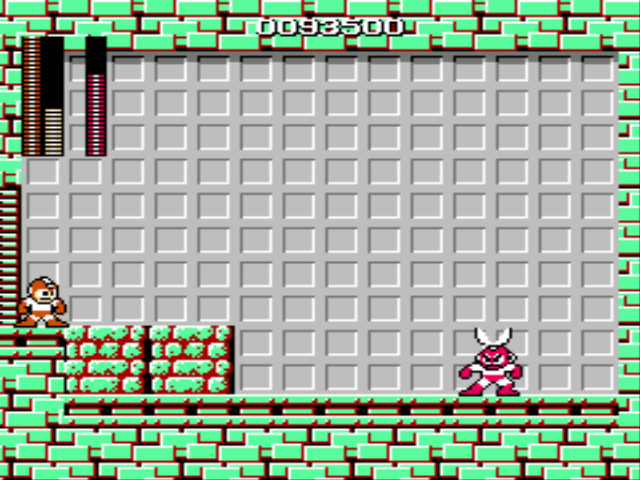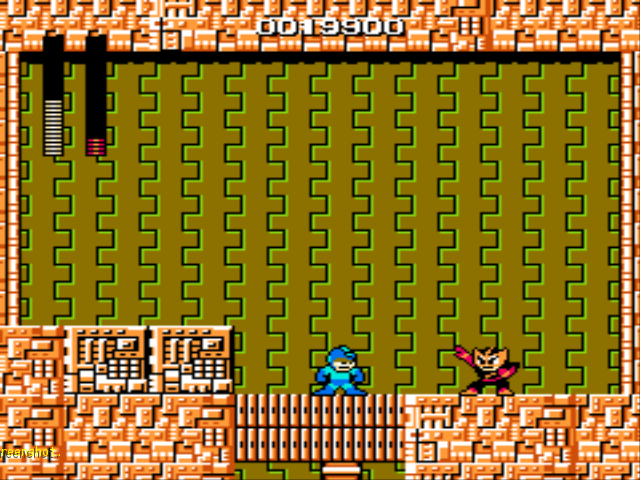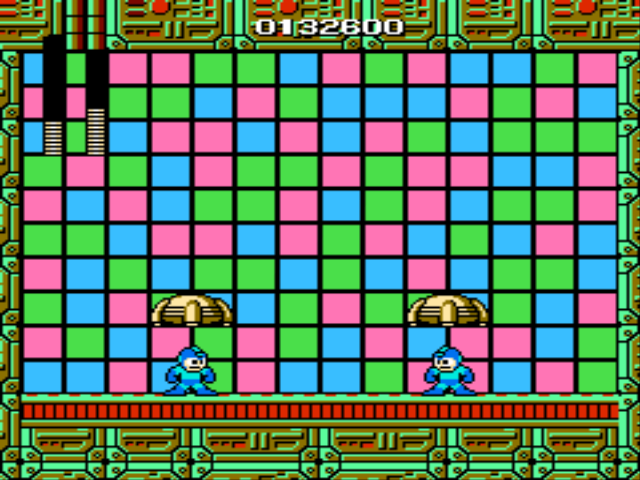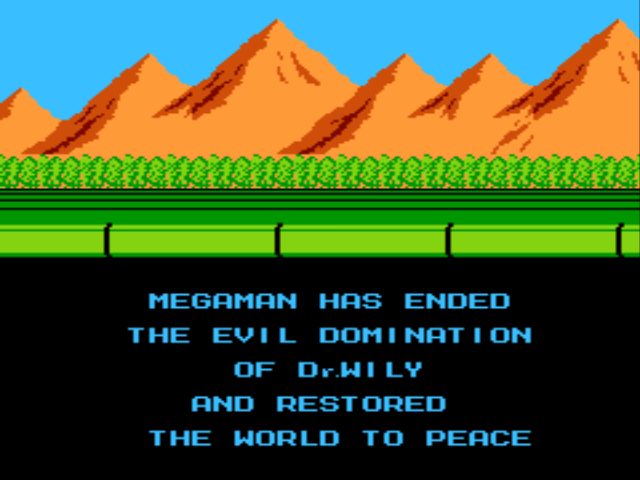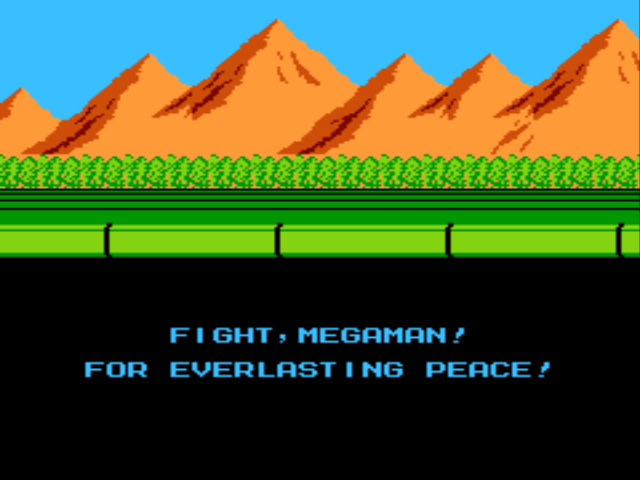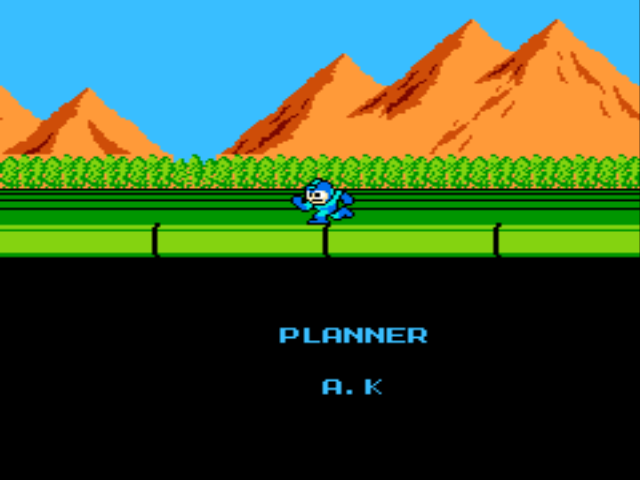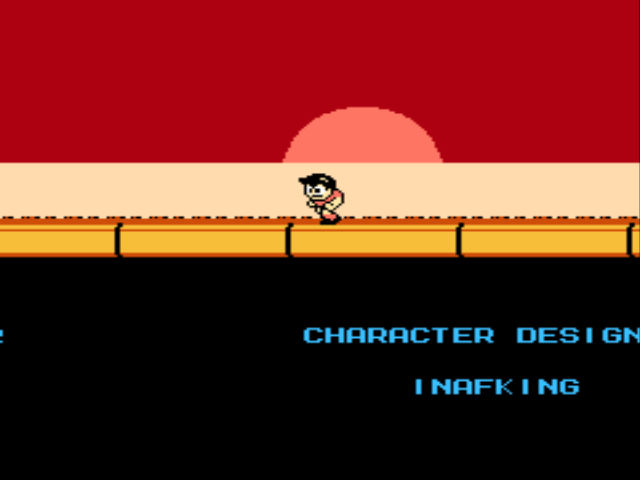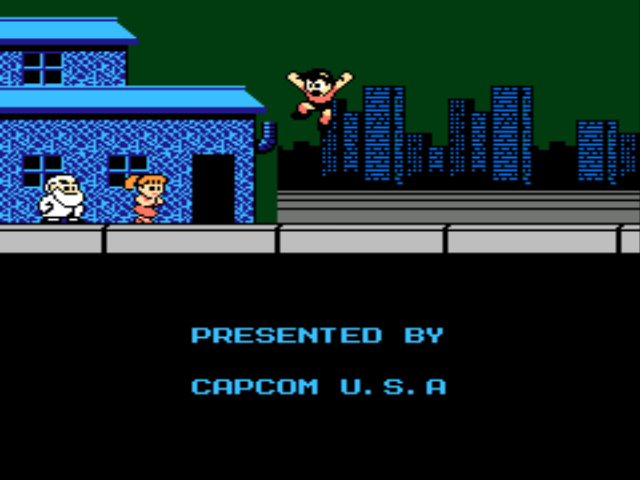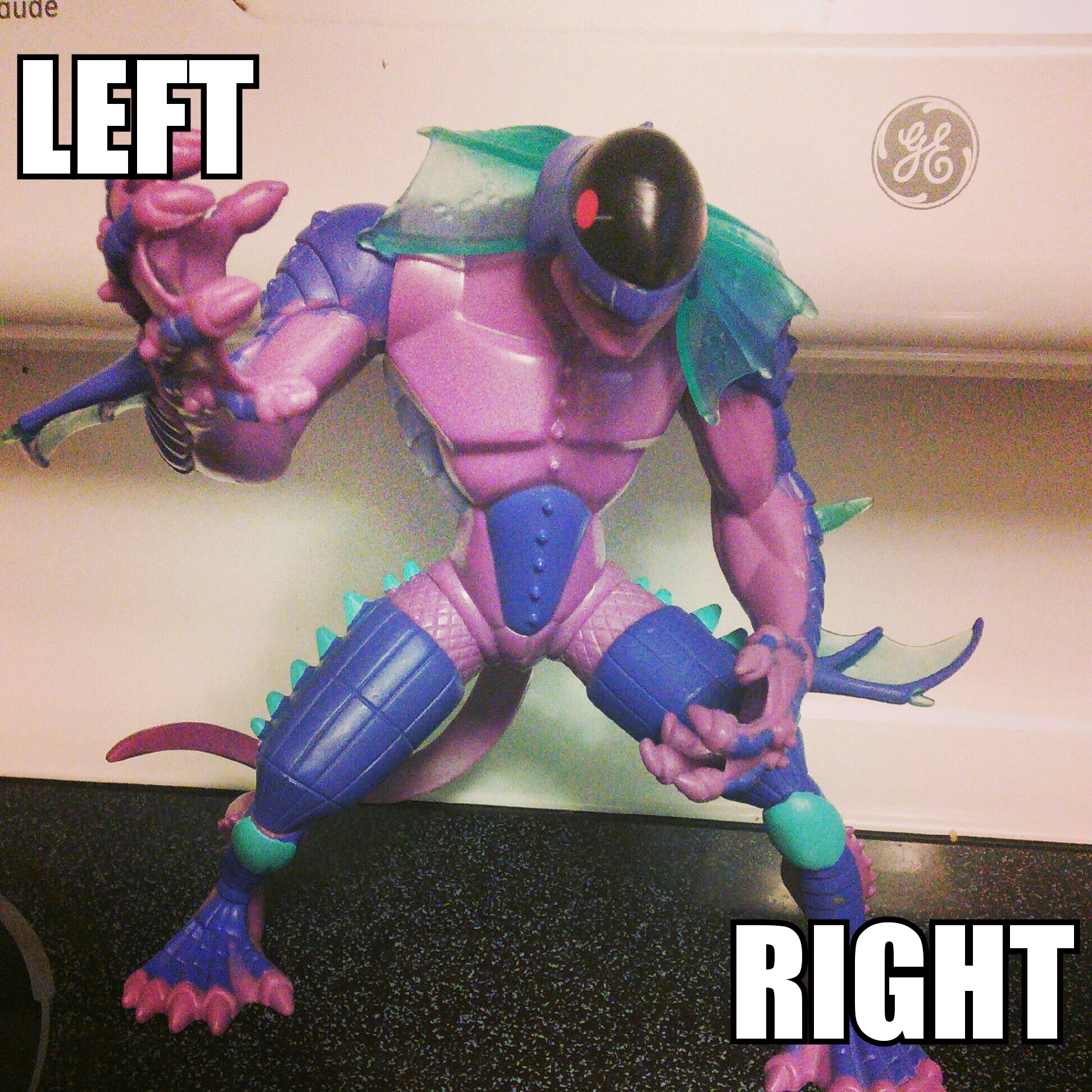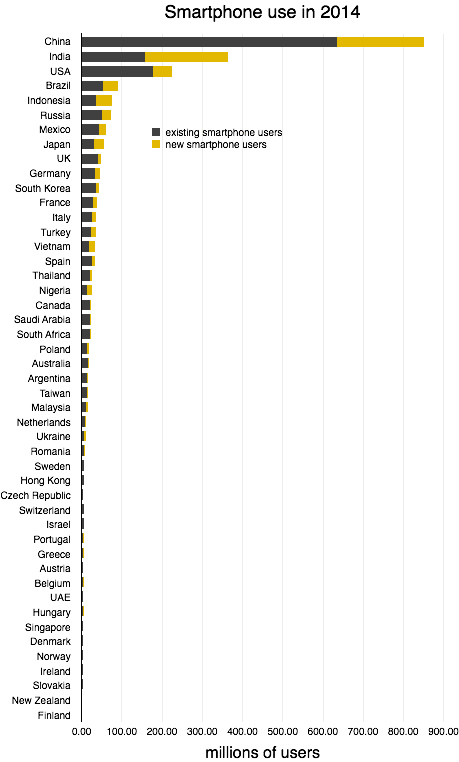This last week as was a busy one, both professionally and personally. Lots of stuff going on.
Android in China
Lots of my brain power was spent thinking about Android in China again. I started off the week reading a blog post from December 2013 on the Intel Developer Zone site: Android in China: An Undiscovered App Market?
The blog cites some interesting numbers:
There are now over 270 million active daily Android users in China
It is the largest smartphone market on the planet.
- Most Android device sales (52%) come from users upgrading to new Android phones; 48% are users purchasing a smartphone for the very first time
- A large part of Android growth (45%) is focused in rural areas and small cities
Seems like a lot of the growth coming from first time users is coming from rural areas of China. The theory would be that many of these first time Android purchasers are actually buying their first computer every and going online for the first time using that Android device. This means Android is their primary (as in the the one that they learn on) platform.
The post also links to an article on ReadWriteWeb: 7 Things App Developers Don’t Know About the China Mobile Market (But Should) which has some interesting information especially in the income and payment department.
Xiaomi continues to do well
This comes from a post on Tech in Asia: Two Xiaomi phones crack top 10 rankings for global smartphone sales in February: report. This surprised me, I knew that Xiaomi was doing well, had expanded into Singapore and was looking to expand into India, but I didn’t think that any of it’s phones would crack the top ten.
Given that they seem to like flash sales and selling out all of their inventory I didn’t expect them to rank that high. I thought you’d see other Chinese companies like Huawei or ZTE up there instead, and maybe those manufactures sell more in terms of overall numbers, but those sales are spread out across many different devices, whereas Xiaomi sells fewer models. Xiaomi also tends to sell their devices at a low cost and make their money back with their services.
Note that there are only three companies in the top ten: Apple, Samsung, and Xiaomi.
Microsoft’s Build Conference
Microsoft held their developer conference build last week and there were a few interesting things that came up during the keynotes. One was Microsoft’s desire to appeal to it’s .Net developer base, a base that has felt ignored by Microsoft over the last couple of years.
As a former MFC programmer I know what it’s like to feel left out in the cold as another newer technology (in my case .Net) is pushed forward. Since most of the .Net developers didn’t jump into Metro development (written in HTML5 I believe), keeping them happy makes sense. The thing about developers is that once they leave you behind, it takes a heck of a lot to win them back. Again I speak from experience here, we left MFC and have basically left Microsoft technologies behind.
There was also the demonstration of Windows 8.1 Update (Microsoft really has the worst names) and the next release code named Threshold. They showed an upcoming version of the once-dead Start Menu and the ability to run metro apps on the desktop in these weird floaty things called..umm….windows.
Paul Thurrott has some interesting thoughts on these changes: Updates to Windows 8.1 are a Step Forward, Not a Retreat but I remain puzzled by Windows 8 and the changes they are making. As I hinted at above aren’t these changes just the things that we have been using since Windows 3.1 or Windows 95? Why should we be impressed that there is Start Menu or that we have the ability to run certain apps as Windows? Especially windows…I get those in all desktop operating systems that I use. Strange.
It’s important to note that I have only used Windows 8 a handful of times on a desktop without a touchscreen so I’m just basing this on what I’ve read. It’s also important to note that I have almost no desire to use Windows 8, nothing there makes me want to upgrade anything.

